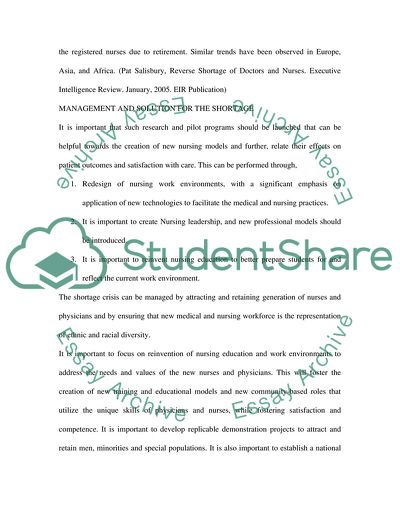Cite this document
(“Managing the Nursing and Physician Healthcare Shortage Crisis Essay”, n.d.)
Managing the Nursing and Physician Healthcare Shortage Crisis Essay. Retrieved from https://studentshare.org/health-sciences-medicine/1539551-managing-the-nursing-and-physician-healthcare-shortage-crisis
Managing the Nursing and Physician Healthcare Shortage Crisis Essay. Retrieved from https://studentshare.org/health-sciences-medicine/1539551-managing-the-nursing-and-physician-healthcare-shortage-crisis
(Managing the Nursing and Physician Healthcare Shortage Crisis Essay)
Managing the Nursing and Physician Healthcare Shortage Crisis Essay. https://studentshare.org/health-sciences-medicine/1539551-managing-the-nursing-and-physician-healthcare-shortage-crisis.
Managing the Nursing and Physician Healthcare Shortage Crisis Essay. https://studentshare.org/health-sciences-medicine/1539551-managing-the-nursing-and-physician-healthcare-shortage-crisis.
“Managing the Nursing and Physician Healthcare Shortage Crisis Essay”, n.d. https://studentshare.org/health-sciences-medicine/1539551-managing-the-nursing-and-physician-healthcare-shortage-crisis.


